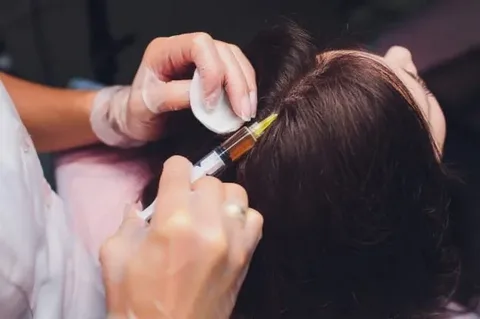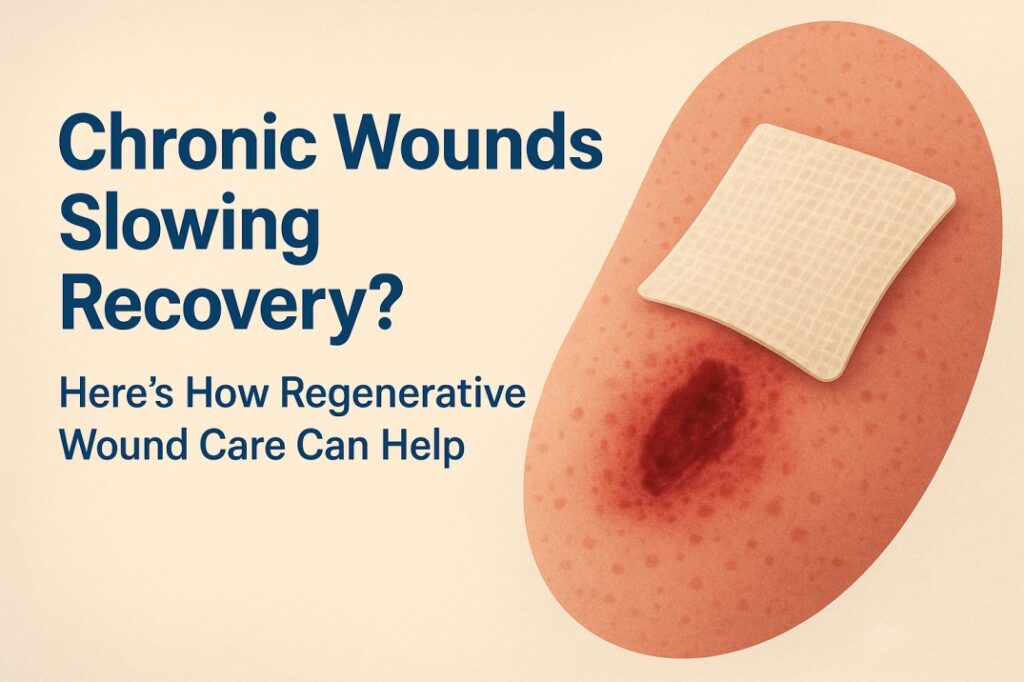The Science Behind Platelet-Rich Plasma Therapy
In today’s world of modern aesthetics and regenerative medicine, PRP therapy, short for Platelet-Rich Plasma therapy, is making headlines — not just for its effectiveness, but for its natural, minimally invasive approach to healing and rejuvenation. From promoting hair growth to repairing joint injuries and refreshing the skin, PRP offers a broad range of applications. But how exactly does PRP treatment work?
In this blog, we’ll break down the science behind PRP in Islamabad, the step-by-step process, what it does inside the body, and why more people — especially in cities like Islamabad — are turning to PRP as a go-to solution for various medical and cosmetic concerns.
What is PRP?
Before we dive into how it works, let’s quickly define PRP.
PRP stands for Platelet-Rich Plasma. It is a component of your own blood that contains a higher concentration of platelets than normal. Platelets are small, disc-shaped blood cells responsible for clotting and wound healing. But they also do much more: they release growth factors and cytokines, which are proteins that help in tissue regeneration, cell growth, and collagen production.
In PRP therapy, doctors isolate and concentrate these powerful platelets and inject them into the area that needs healing or rejuvenation.
How PRP Treatment Works – Step-by-Step
Let’s walk through the PRP process from start to finish:
1. Blood Collection
The first step in PRP treatment is a simple blood draw. Usually, 10 to 30 ml of your blood is taken — similar to what you’d experience during a routine blood test. This is a quick and painless process and is done right in the clinic.
2. Centrifugation (Spinning the Blood)
Once your blood is collected, it is placed in a centrifuge, a machine that spins the blood at very high speeds (about 3000–5000 rpm). This spinning process separates the blood into three distinct layers:
-
Red blood cells (sink to the bottom)
-
Platelet-poor plasma (rises to the top)
-
Platelet-rich plasma (PRP) (forms a layer in the middle)
The platelet-rich plasma is then extracted using a sterile syringe. This layer contains 3 to 5 times more platelets than normal blood — giving it strong regenerative power.
3. Activation (Sometimes Used)
In some cases, doctors may activate the PRP before injecting it. This can be done using calcium chloride or thrombin to stimulate the release of growth factors from the platelets. However, in many treatments (especially hair and skin), the PRP is injected in its natural form and becomes activated naturally in your body.
4. Injection into the Target Area
The PRP is then carefully injected into the targeted area. This could be:
-
The scalp (for hair regrowth)
-
The face or under-eye area (for rejuvenation)
-
A joint or tendon (for pain and injury healing)
-
A surgical site (to accelerate recovery)
Your provider may use microneedling or ultrasound guidance depending on the type of treatment and area involved. A local anesthetic or numbing cream is often used to minimize discomfort.
What Happens After PRP is Injected?
Once PRP is injected, the platelets get to work. Here’s what they do inside your body:
1. Release of Growth Factors
Platelets release a variety of growth factors, including:
-
PDGF (Platelet-Derived Growth Factor): Promotes blood vessel formation and cell growth.
-
VEGF (Vascular Endothelial Growth Factor): Stimulates the formation of new blood vessels.
-
EGF (Epidermal Growth Factor): Stimulates skin cell regeneration.
-
TGF-β (Transforming Growth Factor Beta): Encourages collagen production and tissue repair.
These growth factors signal your body’s natural repair system to activate and speed up the healing or regeneration process.
2. Stimulation of Stem Cells
PRP also helps stimulate local stem cells to multiply and differentiate. This means the area treated with PRP becomes more active in producing new, healthy cells — whether it’s skin cells, hair follicle cells, or cartilage cells.
3. Collagen Production
For aesthetic treatments like PRP facials or under-eye rejuvenation, the growth factors trigger a boost in collagen and elastin production. This leads to tighter, smoother, and more youthful-looking skin over time.
4. Improved Blood Flow and Tissue Oxygenation
PRP enhances blood flow in the treated area, which not only brings more nutrients to the cells but also helps clear out toxins and waste products. This is especially helpful for conditions like hair loss, where improved scalp circulation is crucial.
Applications of PRP Treatment
PRP therapy can be used for various purposes, and each one benefits from the same regenerative mechanism:
1. PRP for Hair Loss
-
Stimulates dormant hair follicles
-
Increases hair shaft thickness
-
Reduces hair shedding
2. PRP for Skin (Facial Rejuvenation)
-
Reduces fine lines and wrinkles
-
Improves texture and tone
-
Minimizes acne scars and under-eye darkness
3. PRP for Orthopedic and Sports Injuries
-
Treats joint pain and arthritis (especially knees and shoulders)
-
Heals tendon injuries (e.g., tennis elbow)
-
Speeds up post-surgical recovery
Why PRP is Considered a Natural Treatment
One of PRP’s biggest advantages is that it’s autologous — meaning it comes from your own body. This greatly reduces the risk of allergic reactions, infections, or immune system rejection. Plus, it avoids the use of chemicals or foreign substances, making it a favorite among those who want natural, holistic healing.
What Results Can You Expect?
Results from PRP treatment depend on the area being treated and the condition’s severity. Typically:
-
Hair regrowth starts to show in 3–4 months
-
Facial skin improvements are noticeable in 2–6 weeks
-
Joint pain relief may occur within a few weeks
Most patients require 3–6 sessions, spaced a few weeks apart, followed by maintenance treatments every 6–12 months.
Is PRP Available in Islamabad?
Absolutely. PRP therapy has become widely available in Islamabad, especially at top dermatology and cosmetic clinics. Many clinics in the city offer advanced PRP techniques using double-spin centrifugation, ultrasound-guided injections, and combination therapies with microneedling or dermal fillers.
When choosing a PRP provider in Islamabad, look for:
-
Certified dermatologists or orthopedic specialists
-
Clean, sterile equipment and practices
-
Transparent treatment plans and pricing
-
Positive patient reviews and before/after results
Final Thoughts
PRP therapy works by tapping into your body’s natural ability to heal and regenerate. By concentrating your platelets and directing them to where they’re needed most, PRP stimulates repair, rejuvenation, and growth at a cellular level — without drugs, surgery, or downtime.
Whether you’re seeking to reverse hair loss, treat chronic joint pain, or give your skin a fresh glow, PRP offers a safe, effective, and scientifically-backed solution. And with high-quality PRP treatments now easily accessible in Islamabad, it’s never been easier to take the first step toward natural healing.









